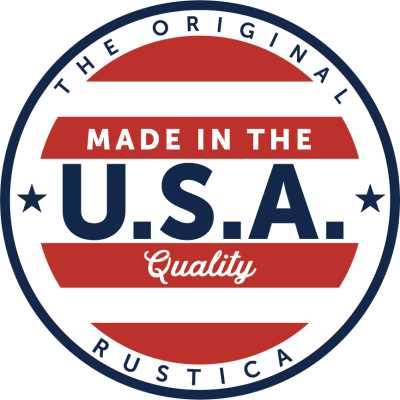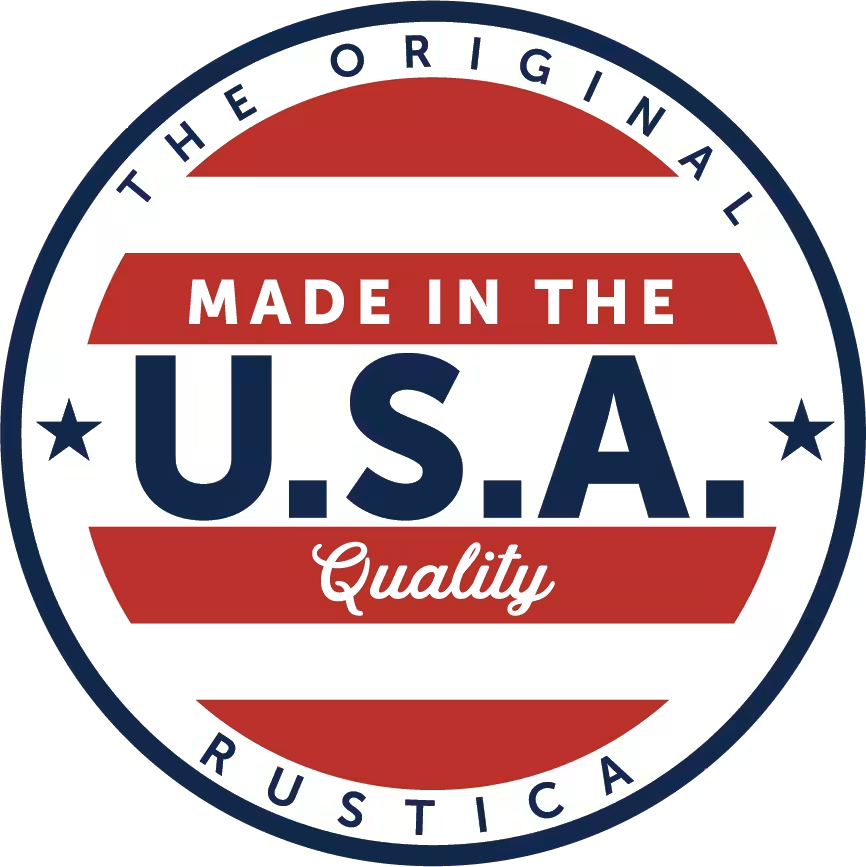800-891-8312
FREE SHIPPING* Most orders over $500 qualify. Free shipping applies to Barn Door Hardware, Barn Doors, and Pocket Doors over $500. Front doors, interior doors, shower doors, any oversized door (wider than 3ft and taller than 7ft) and any special order doors have shipping costs which are calculated at checkout. Some barn door hardware track lengths do not qualify for free shipping.

What is Laminated Glass?
Thursday, April 13th, 2023
Share
You're faced with many important choices when purchasing a new window or glass door. Not only do you have to decide on what design you would like, but you also have to decide on critical functional aspects. One such aspect is the type of glass you want for your new window or glass door. When it comes to safety, durability, and security, it doesn’t get better than laminated glass.
When ordinary glass (annealed or float glass) breaks, it shatters into multiple sharp shards that fall to the ground. This is hazardous to clean up and can pose a serious safety threat to those nearby. Laminated glass, on the other hand, doesn’t shatter to the ground when broken. Rather, the broken glass stays suspended within the door or window frame.
Laminated glass doesn’t shatter to the ground when broken due to how it’s constructed. It’s made of two or more panes of glass joined together by a layer of polyvinyl butyral (PVB), a type of plastic. When broken, the glass sticks to the plastic interlayer between the glass. The PVB makes laminated glass much harder to break than regular annealed glass. And while laminated glass isn’t considered shatterproof glass, it’s pretty close with its shatter-resistant makeup.
The type of glass used to create laminated glass can range from regular annealed glass to toughened glass. Laminated glass made with a heat strengthened glass, such as tempered glass, makes it that much safer, stronger, and more impact resistant. Its insulating abilities and UV protection can be increased by using low e glass for your tempered glass windows. In this way, tempered glass is quite versatile, and can be used for a variety of different types of windows.
Laminated glass ranges in safety, UV protection, strength, and more, depending on the type of plastic used between the glass and how many layers of glass/plastic is used. For example, laminated glass can be bulletproof glass, depending on how thick the glass is, how many layers of glass/plastic there are, and the type of plastic used.
The most common interlayer material is PVB, but it can also be made with ethylene vinyl acetate (EVA) and thermoplastic polyurethane (TPU). Usually, multiple layers of PVB, EVA, or TPU are used to increase the strength. The layers of glass and PVB is written in millimeters to describe the thickness of the finished laminated glass. The thicker the glass, the hardier it is.
Laminated glass is also scratch resistant, meaning its surface will appear shiny and smooth for many years to come with proper maintenance.
Whenever break-ins or human safety is a concern, laminated glass is used. When burglars are attempting to break into a home or business, they usually break the glass on a window or door to reach the latch or lock inside the building. With laminated glass, that isn’t possible. Because laminated glass is much stronger than annealed glass, it takes tremendous amounts of brute force to break. And, if it does break, the glass stays within the window frame, making it nearly impossible for someone to get through.
Whether you live in an area where home break-ins are a concern, or you simply want the best security glass to deter business break ins, laminated glass is the way to go.
Laminated glass allows the same amount of natural light into the space as anneal glass, but greatly reduces the UV exposure that causes sun damage. The multiple layers of PVB absorb UV rays, so they don’t enter the home or business. This is also beneficial for those who work long hours next to a window, as the laminated glass will also protect your skin from harmful UV rays.
The impact-resistant design of laminated glass windows makes it the required safety glass in public areas and commercial buildings. In these areas, the glass is strong enough to withstand extreme impacts, such as bullets and bombs. If the glass does break, there isn’t a concern for flying or falling glass. This greatly protects the people inside buildings with prominent windows and skylights.
It is also beneficial for areas that experience extreme weather, such as large hail, tornadoes, or hurricanes. It probably isn’t strong enough to hold out against direct pressure from such elements, but it will protect the home from flying debris because the glass will stay within the window or door frame.
You can increase the insulation for your laminated glass windows by opting for a low e coating, which is a special coating that minimizes the amount of infrared and ultraviolet light that hits the window. Low e glass still allows the same amount of natural light as ordinary glass, but also reflects heat away from the glass.
If unwanted noise is affecting the peace and quiet of your home or office, laminated glass windows and doors are the best way to reduce outdoor noise.
The difference between laminated glass and tempered glass lies in how they’re made and the final structure of the glass. Tempered glass is made from regular annealed glass that undergoes an intense heating and cooling process. Through exposure to extreme temperatures, the glass changes its structure. The outside of the glass cools much faster than the internal glass, creating tension internally, which causes surface compression for the outer layer. This tension causes the glass to be ‘tempered’ and become stronger and safer than annealed glass.
Because this tension is necessary for tempered glass to function properly, the tension can’t be disrupted by cutting the glass, which would cause the structure of the glass to change as the tension dissipates in the area it’s cut. Comparatively, laminated glass, if made with annealed glass, can be cut after it’s made.
Because tempered glass has a different structure than regular glass, it also has a different break structure. Rather than shattering into jagged shards as annealed glass does, tempered glass breaks into many small pieces with rounded edges. Tempered laminated glass has the highest safety profile, as the broken glass in the door or window frame is safer to handle and clean up.
Laminated safety glass can be made with tempered glass, but it can also be made with annealed glass. In this way, they are two different types of safety glass that can be merged into one for certain applications.
Whether you need strong and secure home windows, commercial storefront windows, or safety rated doors, Rustica has what you need! Reach out to Rustica’s design team today to add laminated glass to your new window or glass door project!
7 Benefits of Laminated Glass
- Durability
- Security
- UV Protection
- Safety
- Insulated
- Noise Reduction
- Versatility
What is Laminated Glass?
Laminated glass is a type of safety glass—meaning it’s stronger, more durable, more break-resistant, and more heat-resistant than other types of glass, such as float glass or annealed glass. Its safety profile also corresponds to the way the glass breaks.Top 7 Benefits of Laminated Glass
Now that we’ve explained what laminated glass is and how it is manufactured, let’s talk about the most popular reasons people opt to use this versatile glass in their home and business.1. Durability
Due its construction, laminated glass is able to withstand the wear and tear of high-traffic areas. It’s also break-resistant, giving it the ability to withstand damage and brute force.2. Security
One of the key advantages of laminated glass for windows and doors is how secure it is. Because of the unique structure of multiple layers of glass and PVB, it is much harder to break than regular annealed glass.3. UV Protection
The PVB between the glass panes offers a noticeable and unique benefit: UV protection. Regular glass windows and doors let in abundant light that can lead to sun damage to your rugs and home furnishings.4. Safety
Safety is the number one benefit of laminated glass, as it’s considered the top safety glass on the market today. Laminated glass is designed to withstand direct impact, whether that’s a rock hitting a window or severe weather.5. Insulated
In the same way that the interlayers of PVB protect the home from UV rays, they also act as insulators for the window or door. Laminated glass reduces heat transfer, which means the hot air outside doesn’t penetrate the window glass, and the warm air inside doesn’t escape through the window. In turn, a home or business’s internal temperature stays consistent. This means the HVAC unit won’t need to kick on as much. In this way, laminated glass is a high-quality, energy-efficient glass option for insulated windows and doors.6. Noise Reduction
Just as thick laminated glass offers more security and safety, it also has the added benefit of noise reduction. Its ability to reduce outdoor noise is through the special PVB material between each glass pane. In this way, the more glass and PVB layers there are, the more noise reduction there is.7. Versatility
Considering the above benefits, it’s clear to see how incredibly versatile laminated glass is. And what’s more, laminated glass can be used in any type of window or door design—from wood windows to metal windows, annealed glass to low e glass, and more. The versatility of laminated glass makes it a remarkable glass type to choose for any window or door.What is Laminated Glass Used For?
Because laminated glass is extremely strong and durable, it’s used for several furnishings and structures where security is needed. Areas that are worth the investment for laminated safety glass include:- Glass doors
- Glass table tops
- Architectural glass
- Glass railing
- Glass facades
- Shower doors
- Skylights
- Display cases
- Windshield
- Window walls
- Glass floors
- Glass roofs
What is the Difference Between Laminated Glass and Tempered Glass?
Laminated glass and tempered glass are both types of safety glass. However, they have a few key differences. First, it’s important to know that laminated glass is a higher-rated safety glass than tempered glass. This is because laminated glass is stronger, more break-resistant, and doesn’t shatter to the ground when broken, as tempered glass does.Laminated Glass is Perfect for Residential and Business Windows
Laminated glass may be an investment upfront, but its benefits greatly outweigh the cost. Laminated glass windows and doors have increased security, strength, and durability. With laminated glass, unwanted noises are greatly reduced, along with harmful UV rays and hot summer temperatures.

Rustica Shop & HQ 1060 Spring Creek PlaceSpringville Utah 84663Customer Service & Sales(800)-891-8312

Hitching Post
Event Venue
1520 N Main Street
Springville UT 84663
PRODUCTS
FEATURES
COMPANY
BUSINESS



